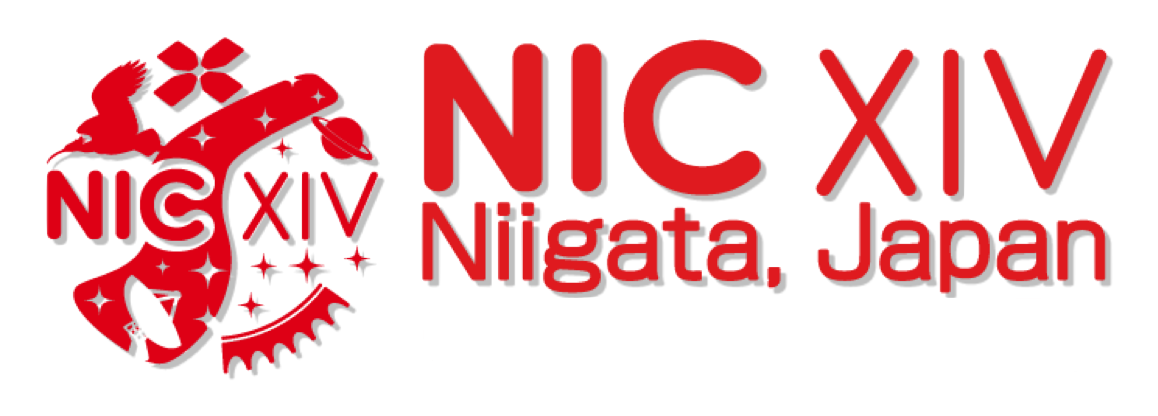Speaker
Mr
Vi Phong
(RIKEN Nishina Center)
Description
Vi Ho Phong1,2, Shunji Nishimura1, Giuseppe Lorusso3,4, Jorge Agramunt5, Alejandro Algora5, Roger Caballero-Folch6, Francisco Calvino7, Guillem Cortes7, Thomas Davinson8, Iris Dillmann6, Alfredo Estrade9, Robert Grzywacz10, Gabor Kiss1, Keishi Matsui1, Fernando Montes12, Cesar Domingo Pardo5, Albert Riego8, Krzysztof Rykaczewski13, Jose Luis Tain5, Ariel Tarifeno Saldivia7, Alvaro Tolosa5, Phil Woods8 and BRIKEN collaborations
1 RIKEN Nishina Center, Wako-shi, Saitama, Japan
2 Faculty of Physics, VNU University of Science, Hanoi, Vietnam
3 National Physical Laboratory, Middlesex, United Kingdom
4 Department of Physics, University of Surrey, Guildford, United Kingdom
5 IFIC (CSIC-University of Valencia), Valencia, Spain
6 TRIUMF, Vancouver, Canada
7 UPC, Barcelona, Spain
8 Univ. of Edinburgh, School of Physics & Astronomy, Edinburgh, UK
9 Central Michigan University, Michigan, USA
10 University of Tennessee, Knoxville, USA
11 NPL-Nuclear Physics Laboratory, UK
12 NSCL-MSU, Michigan, USA
13 Oak Ridge National Laboratory, USA
Stellar nucleosynthesis of about half of elements heavier than iron is predicted to be proceed via the rapid neutron capture mechanism (r-process). As the astrophysical environment of the process and the relevant nuclear physics data far from stability are still questioned; more efforts for the astrophysical observation, simulation and radioactive beam experiment are needed. Among the nuclear physics data for r-process, beta-decay half-life determines the speed of the process, while beta-delayed neutron emission affects the late stage neutron recapture and detours the beta-decay chain back to stability. The BRIKEN project, an experimental program at the Radioactive Isotope Beam Factory (RIBF), will survey those decay parameters for the most neutron-rich nuclei which are responsible for the formation of the r-process abundance pattern. Within the project, a high and flat efficiency neutron counter array and highly segmented implantation detector are employed to take advantage of the intense RI beam produced by RIBF.
In this report, an overview of the BRIKEN project will be presented. The impact of the specific beta-delayed neutron emitters, which are proposed to be measured, will be also clarified.
Primary author
Mr
Vi Phong
(RIKEN Nishina Center)
Co-author
Dr
Shunji Nishimura
(RIKEN Nishina Center)

